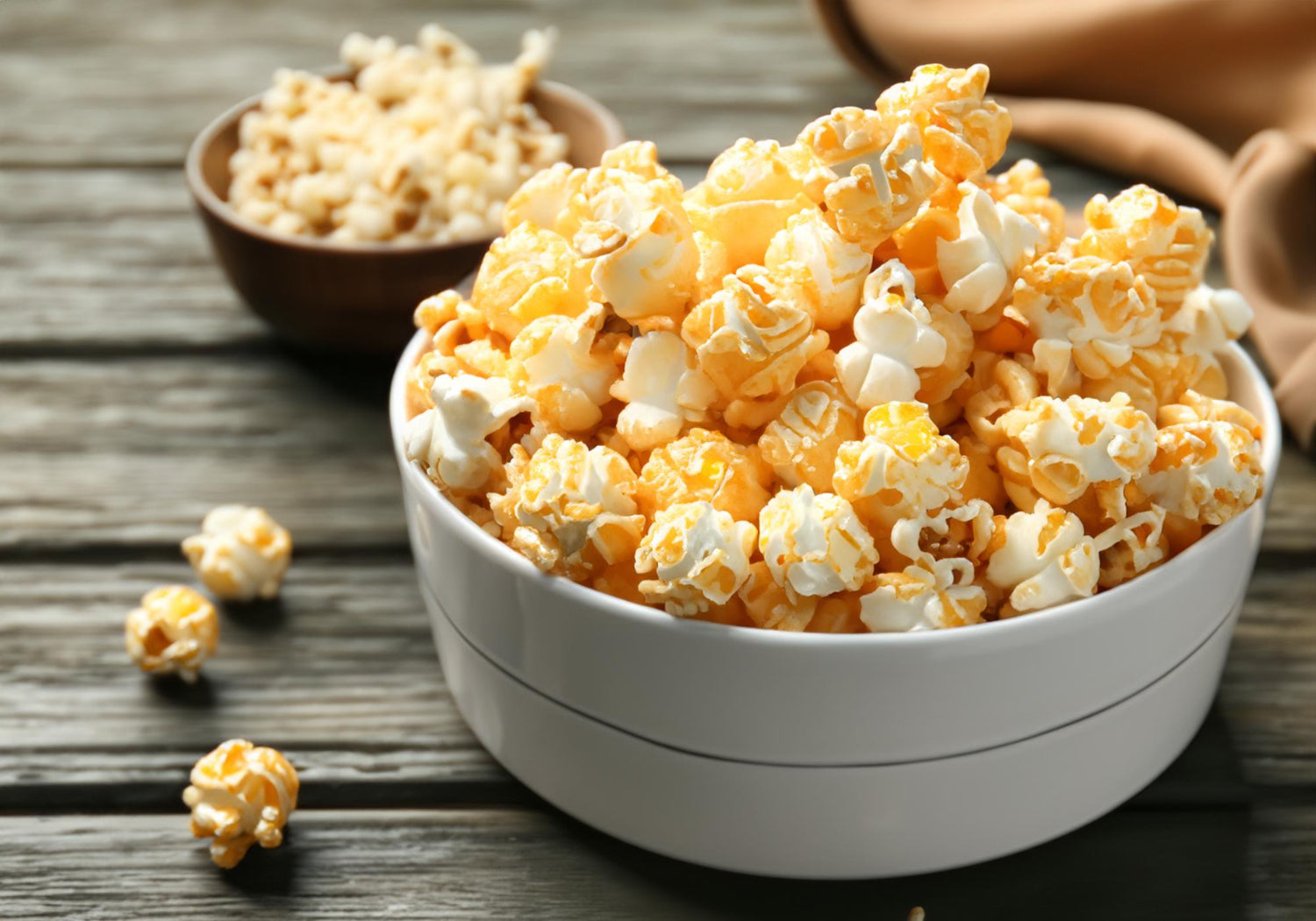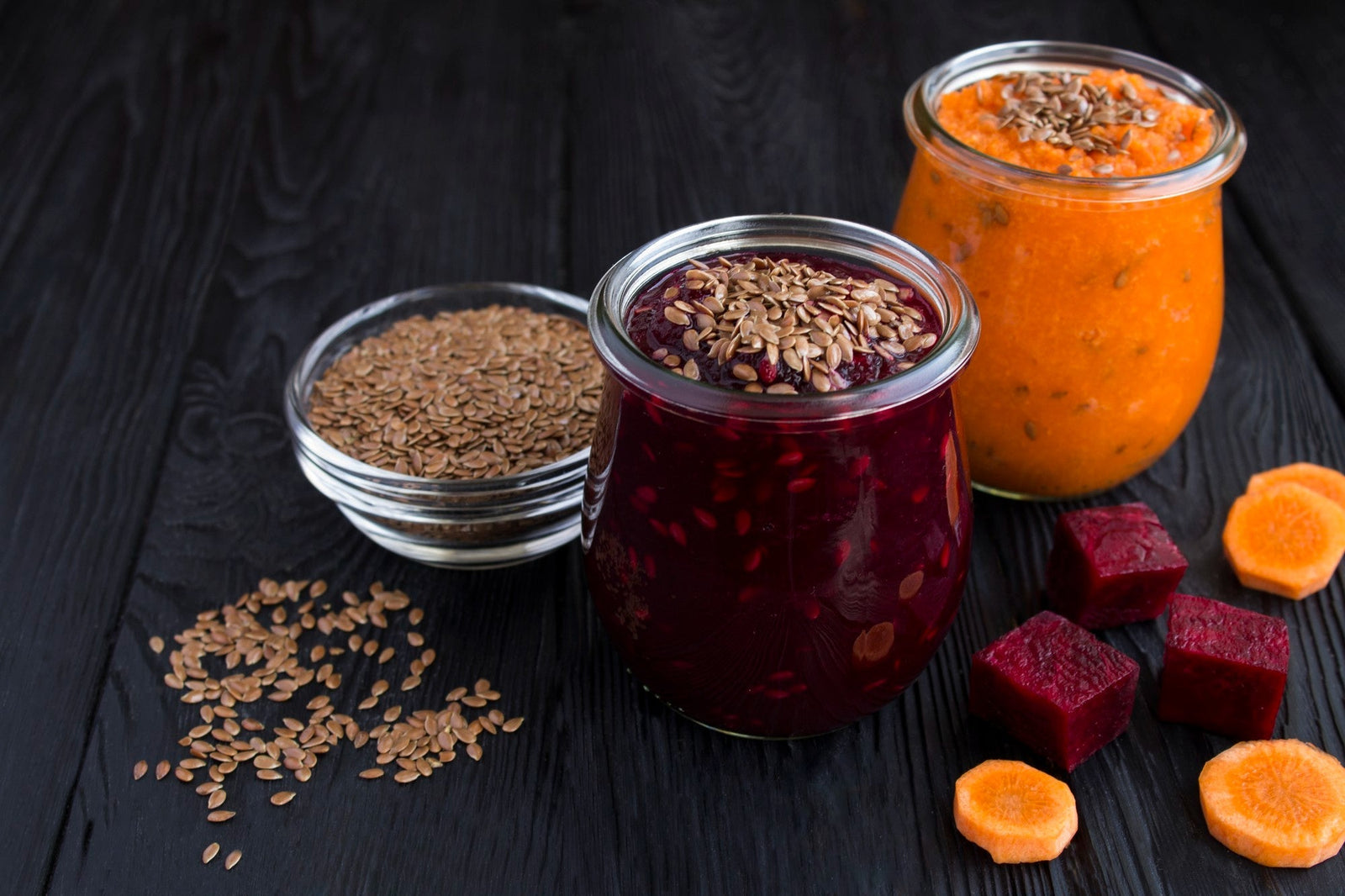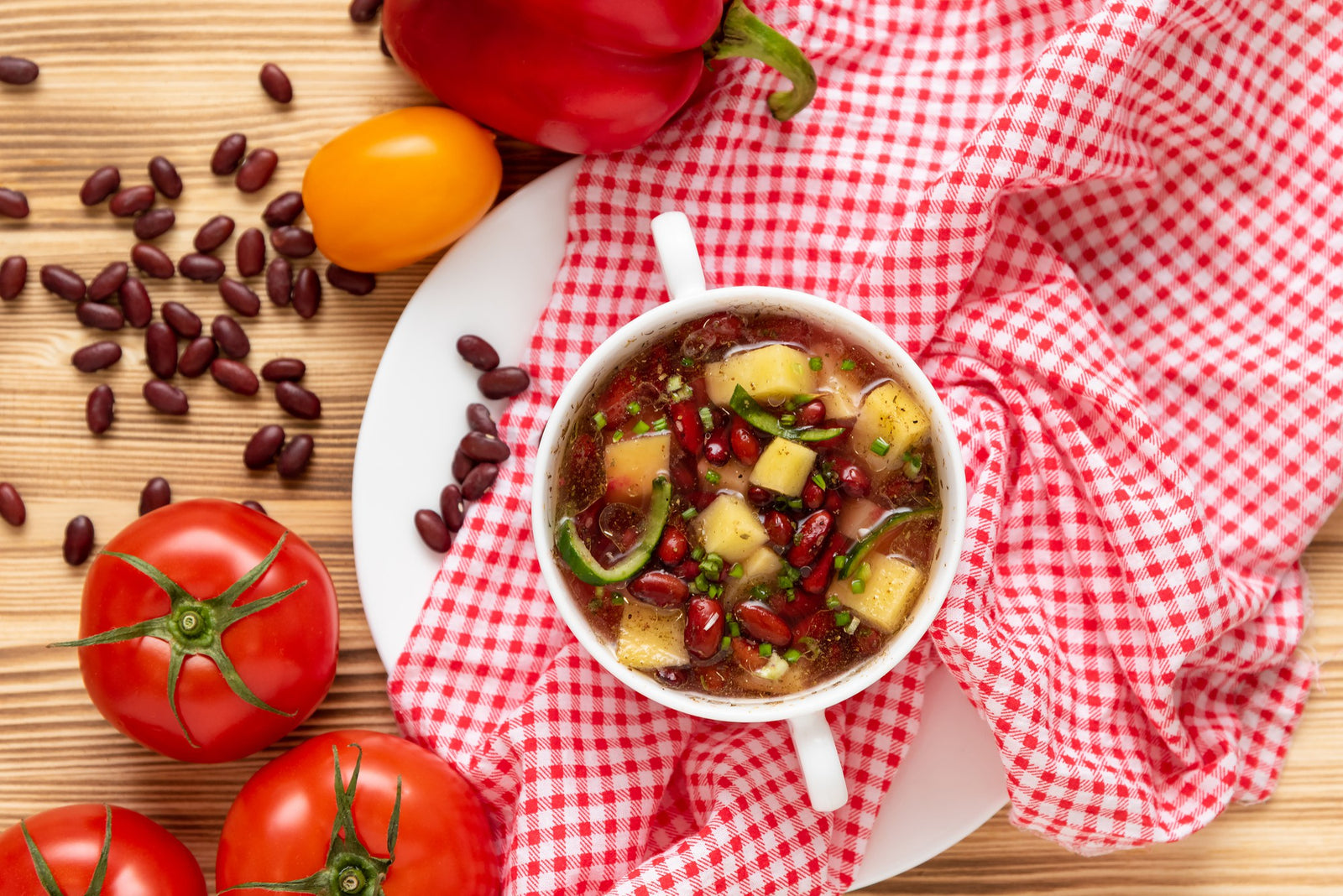
August 14, 2023 3 min read
Imagine the yummy smell of popcorn as you're about to watch a movie or have a snack. Popcorn comes in different colors and sizes, and it's super tasty. But have you ever wondered if white popcorn is smaller than yellow popcorn? Well, we're on a fun journey to find out! We're going to look into this question and learn about popcorn's story—like science, history, and even the stories people tell. Let's dive in and figure out this popcorn puzzle together!

Before we dive into unraveling the white-yellow kernel enigma, let's refresh our understanding of popcorn's basics. Popcorn is a particular type of corn kernel blessed with a remarkable ability to burst into fluffy, crispy delight when heated. Within each kernel lies a small reservoir of water encased in a sturdy shell. When heat enters the scene, the water turns into steam, generating pressure within the kernel. Eventually, the pressure reaches its zenith, and with a gentle pop, the kernel transforms into the beloved popcorn we adore.
Color is often the first thing to capture our attention when it comes to popcorn. White and yellow popcorn varieties showcase their unique shades, prompting a curious thought: Is there a connection between kernel color and size? Contrary to popular belief, the color of popcorn kernels isn't a surefire indicator of their size. It turns out that both white and yellow kernels can vary in size, influenced by an intricate interplay of factors like popcorn variety, growth conditions, and even storage conditions.
Similar to the diversity in plant breeds, popcorn comes in a splendid array of types and varieties. Kernel size is significantly shaped by the genetics and type of popcorn plant. It's important to note that some popcorn strains are innately smaller, regardless of their color. In essence, the size of popcorn kernels isn't solely tied to whether they are white or yellow; it's an outcome of their inherent variety.
The environment in which popcorn is cultivated wields substantial influence over kernel size. Elements such as soil quality, moisture levels, temperature, and even the altitude of the growing region collectively impact the ultimate kernel size. The implication here is that popcorn of the same variety can exhibit differing sizes based on where and how it grows. Kernel size isn't a color-coded affair; it's the circumstances that mold them.

The size of a popcorn kernel isn't solely a pre-popping affair. When a popcorn kernel succumbs to the popping process, it undergoes a remarkable transformation. The moment it heats up, the moisture inside the kernel transforms into steam, creating intense pressure until the kernel bursts open. This dynamic burst is why popped popcorn appears significantly larger than its unpopped counterpart, irrespective of initial color.
Over time, myths have woven a tapestry around popcorn kernels. A particularly common one is that white kernels are not only smaller but also milder in flavor compared to their yellow counterparts. However, the truth is far from these tales. Flavor hinges on the popcorn variety and how it's seasoned, while size discrepancy, if present, has no link to kernel color.
Our exploration culminates in a clear revelation: popcorn kernel color doesn't provide a reliable gauge of size. The misconception that white kernels are inherently smaller is debunked. Instead, the size spectrum is shaped by a myriad of aspects that extend beyond mere color variations. The tale of popcorn transcends simplicity, reminding us that appearances often belie a complexity worth acknowledging.
In this journey of popcorn exploration, we've traversed the path of kernels and color to uncover the truth beneath the popcorn puzzle. White popcorn kernels are not universally smaller than their yellow counterparts. The nuanced tapestry of factors influencing kernel size includes variety, growth conditions, and the transformative popping process. The popcorn narrative is richer and more intricate than meets the eye, a reminder that nuances often define the truth. As you indulge in your next bowl of popcorn, savor the story that extends beyond color, embracing the symphony of science and history that makes each kernel a captivating delight.
❤ Try our USDA certified organic White Popcorn and Yellow Popcorn ❤
Related Blogs:
Recipes:
Comments will be approved before showing up.

January 27, 2025 3 min read
Flaxseed, the tiny yet powerful superfood, is packed with nutrients that can support weight loss. From curbing hunger to stabilizing blood sugar, this guide dives into the science of how flaxseed can help you shed those extra pounds.

December 11, 2024 3 min read
Discover three quick and easy soup recipes featuring organic small red beans. From a classic vegetable soup to a creamy potato blend, these wholesome recipes are perfect for chilly days and busy weeknights. Packed with flavor and nutrition, these soups will warm your heart and soul this winter!

December 06, 2024 3 min read
This vibrant and nutritious Green Lentil Salad combines tender lentils with grilled chicken, fresh vegetables, and a zesty lemon dressing. Packed with protein, fiber, and essential vitamins, it’s the perfect healthy meal for any time of day.
© 2026 Be Still Farms- Real, Fine Organics.
Privacy | Terms | Refund Policy | Organic Certification
